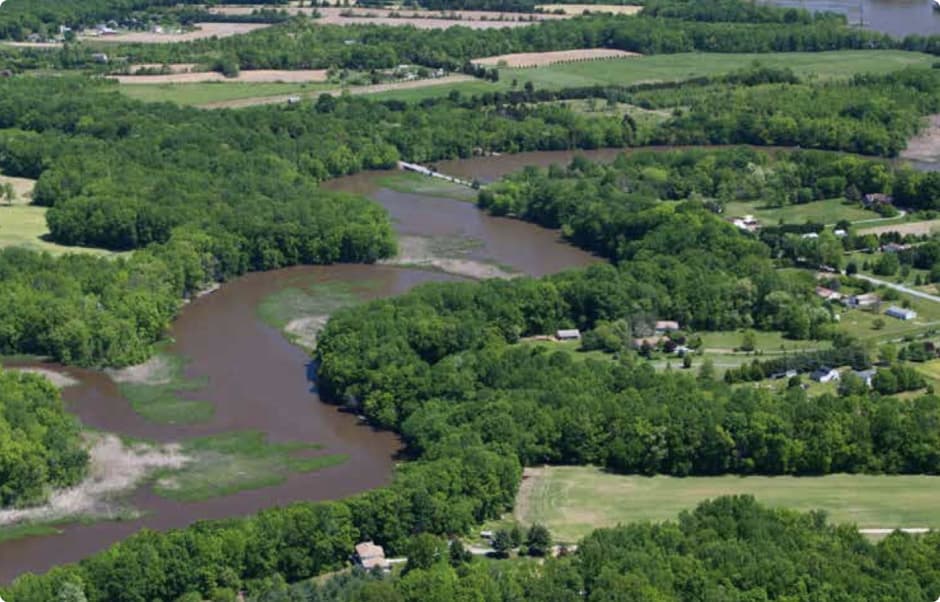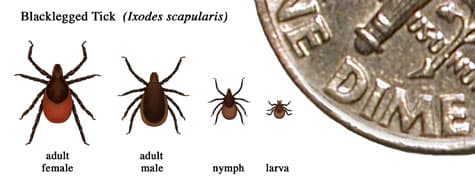What is climate change?
Climate change refers to long-term changes in the average weather patterns in an area. This can include changes in average temperatures, rainfall patterns, and more. Some of these changes, such as higher summer temperatures and more extreme storms, can put people's health at risk. Visit DNREC's Climate Change Basics page to learn more about climate change and its causes.
The effects of climate change are already notable in Delaware, and more impacts are expected in the future. In this dashboard, we highlight different risk factors that can make areas more vulnerable to climate change and its effects.




